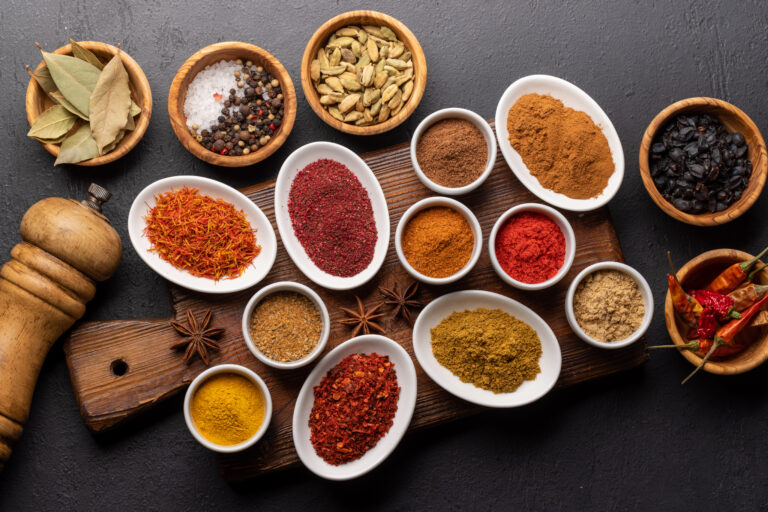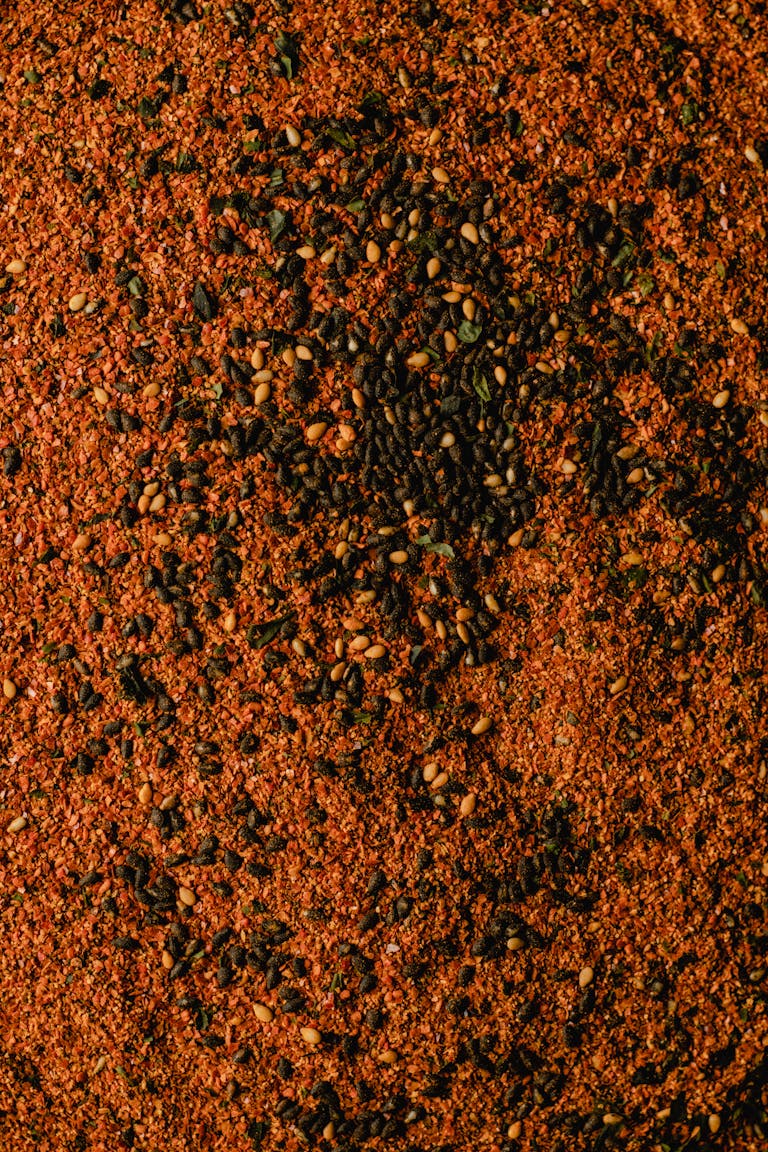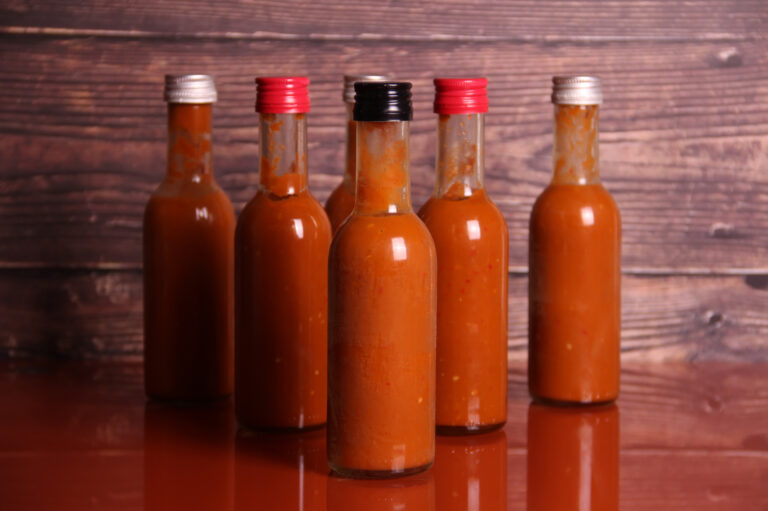5 Tips for Spice Tolerance to Enjoy Flavors and Enhance Cooking
Enhance spice tolerance by gradually increasing exposure to spicy foods, incorporating spices regularly, and balancing flavors with sweet or sour elements.
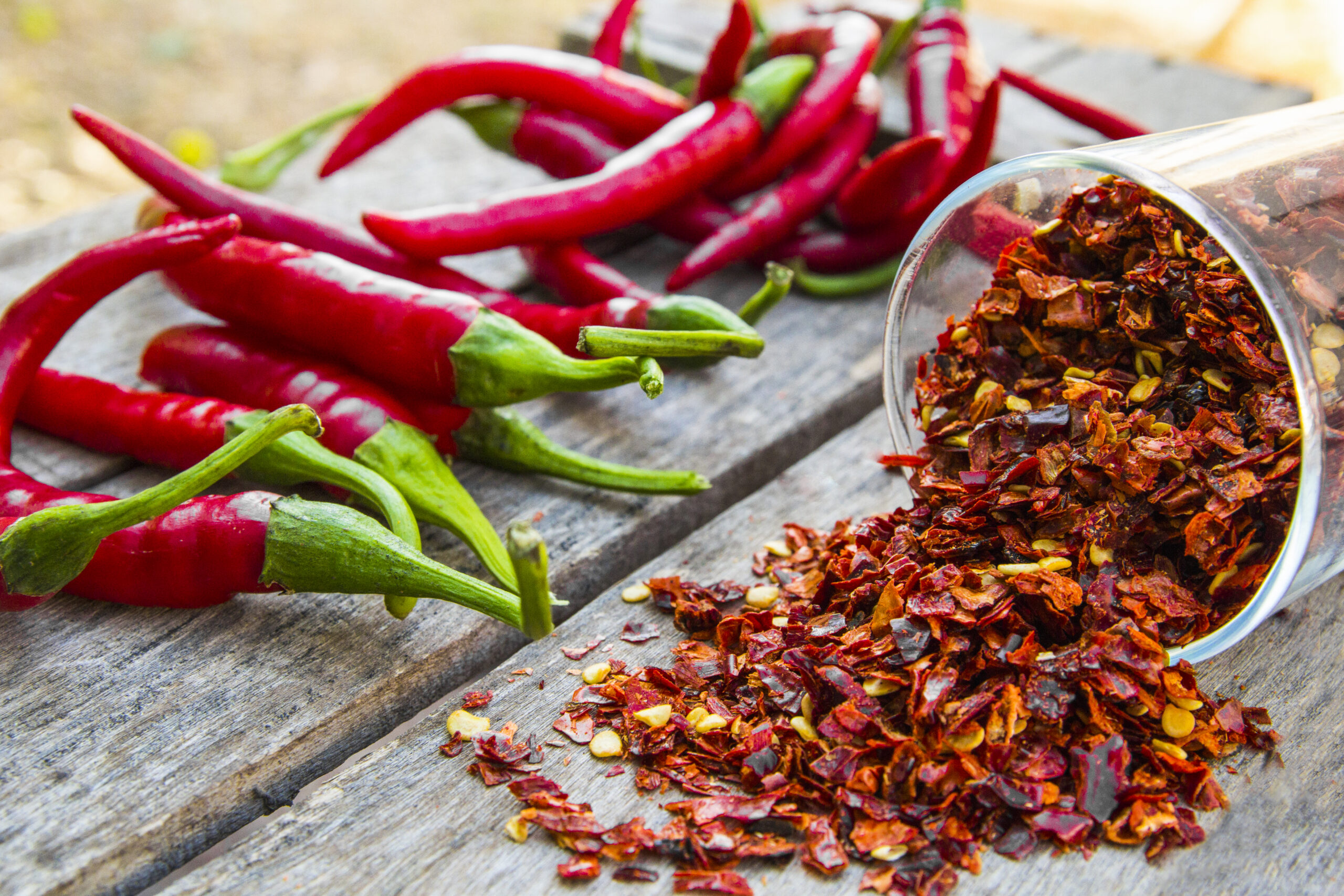
Ever wondered why some people can handle the heat in their dishes while others reach for the water at the slightest hint of spice? Building your spice tolerance isn’t just about braving the burn; it’s about enhancing flavors and transforming your cooking.
Disclosure: As an Amazon Associate, this site earns from qualifying purchases. Thank you!
Understanding Spice Tolerance
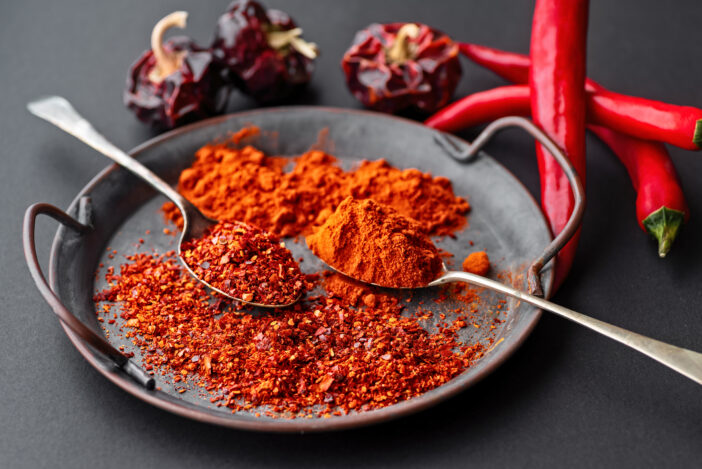
Spice tolerance varies widely among individuals, affecting how one experiences flavors and handles heat in dishes. This section dives into what shapes your ability to handle spicy foods and how you can potentially increase your tolerance.
What Is Spice Tolerance?
Spice tolerance is the degree to which you can handle the heat from spices in your meals without discomfort. It’s not just about sweating it out through a hot curry; it’s also about how your taste buds and pain receptors react to capsaicin, the compound responsible for the heat in chili peppers. High spice tolerance can allow you to enjoy a broader range of flavors and culinary traditions.
Factors Influencing Spice Tolerance
Several factors determine your spice tolerance:
- Genetics: Just like with many other traits, your genes play a crucial role in determining how sensitive you are to capsaicin. Some people are genetically predisposed to perceive spice less intensely.
- Cultural Background: Often, individuals raised in cultures that heavily use spices in cooking are more accustomed to spicy foods from a young age, which can increase tolerance over time.
- Exposure: Regular consumption of spicy foods naturally increases your tolerance. The more you’re exposed to capsaicin, the less intense the burning sensation feels as your pain receptors become less sensitive.
- Diet: Your overall diet also affects spice tolerance. Frequent consumption of mild flavors may lower your tolerance while integrating spicier dishes can gradually build it up.
By understanding these factors, you can better navigate your spice tolerance and adjust your cooking accordingly.
Health Benefits of Spicy Foods
Spicy foods do more than just excite your taste buds; they offer notable health advantages that can enhance your overall wellness.
Metabolism Boost and Weight Loss
Spicy ingredients, such as chili peppers, contain capsaicin, which is known to boost metabolism. Studies reveal that consuming capsaicin can increase your metabolic rate by up to 8%. This increase leads to a higher calorie burn, aiding in weight loss. Regular inclusion of spicy foods in your diet can also reduce appetite, further supporting weight management efforts.
Pain Relief and Anti-Inflammation
Capsaicin isn’t just good for metabolism; it’s also a natural pain reliever. It works by depleting substance P, a neuropeptide associated with inflammation and pain sensations. This makes spicy foods beneficial for managing conditions like arthritis and headaches. Moreover, the anti-inflammatory properties of spices can help reduce swelling and inflammation in the body, offering relief from chronic inflammation-related ailments.
In the video, CBS Evening News explains –
CBS Evening News
- Spicy Foods and Health Benefits: A new study suggests that eating spicy food might have significant health benefits.
- Reduced Risk of Major Diseases: People who ate spicy food 1-2 times a week had a 10% lower risk of death from heart disease, cancer, or diabetes compared to those who ate it less than once a week.
- Role of Capsaicin: Capsaicin, the main ingredient in chili peppers, is believed to reduce inflammation that can lead to disease.
- Expert Opinion: Rick Bayless, co-owner and chef at Chicago’s Frontera Grill, supports the idea that spicy food has positive effects, stating it makes him feel good.
- Changing Preferences: Bayless notes a shift in customer preferences, with more people now seeking out the spiciest dishes on the menu.
- Popularity of Peppers: Spicy peppers are gaining popularity and are already a phenomenon online.
- Need for Clinical Trials: While the study suggests health benefits, clinical trials are necessary to establish a clear link between pepper consumption and improved health.
- Personal Experience with Spiciness: The correspondent, Dean Reynolds, experienced the intense heat of a habanero pepper firsthand, illustrating the powerful effect of capsaicin.
- Cultural Shift in Spiciness: The report indicates a broader cultural shift towards embracing spicier foods.
- Potential Longevity Benefits: The underlying suggestion is that incorporating spicy foods into one’s diet could potentially contribute to a longer, healthier life.
Starting With Mild Spices
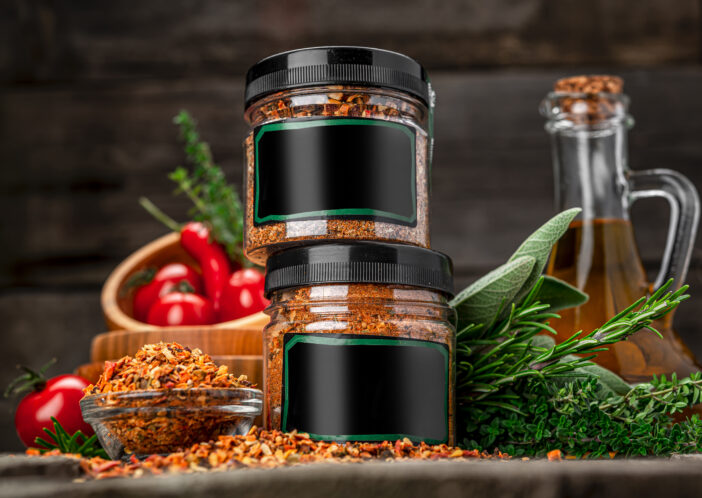
If you’re new to the world of spices, beginning with milder options can help you gradually build your tolerance without overwhelming your palate.
Identifying Mild Spices
Identifying mild spices is your first step toward enhancing your dishes without too much heat. Examples of mild spices include paprika, coriander, cumin, and turmeric. These spices offer subtle flavors and medicinal benefits while being gentle on your taste buds. Paprika adds color and a sweet pepper flavor without the intensity, coriander provides a lemony touch, cumin delivers an earthy taste, and turmeric is known for its vibrant color and anti-inflammatory properties.
Techniques to Incorporate Mild Spices in Cooking
Incorporating mild spices into your cooking involves more than just sprinkling them over your food. Here’s how to do it effectively:
- Start Slow: Add spices in small quantities and taste as you go — this helps you adjust the level of flavor to your liking without overpowering the dish.
- Blend Spices: Combine multiple mild spices to create a balanced flavor profile. For example, mixing turmeric and cumin can enhance both their flavors and health benefits.
- Use During Cooking: Add mild spices during the cooking process to allow them to develop and meld within the dish, enriching the overall flavor.
- Pair With Carrier Agents: Use oils, butter, or water as carriers to help distribute the spice evenly throughout the dish.
- Experiment with Marinades: Mild spices are excellent in marinades as they infuse the food with flavor without dominating it.
By starting with mild spices and using these techniques, you’ll not only enjoy your meals more but also steadily increase your spice tolerance.
Gradually Increasing Spice Levels
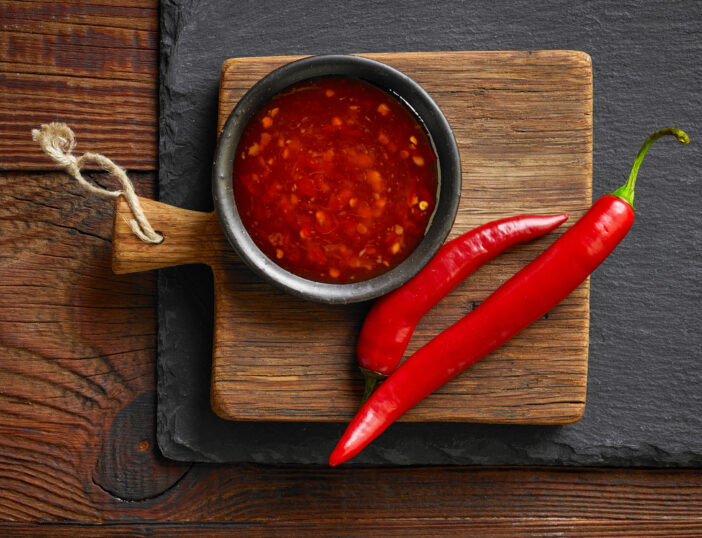
Now that you’ve familiarized yourself with starting spices, knowing how to step up the heat gradually can help build your spice tolerance without overwhelming your palate.
Adding Spices Incrementally
- Start Small: Begin with a pinch of strong spices like cayenne or chili powder.
- Increase Gradually: Add more gradually, such as an extra pinch each week.
- Mix Spices: Combine mild and hot spices, like blending paprika with chili flakes.
- Taste as You Cook: Regularly taste to adjust spice levels to your tolerance.
- Keep Notes: Maintain a spice diary to track what works and adjust ratios.
- Be Patient: Allow your taste buds to adapt slowly.
Exploring Global Spicy Cuisines
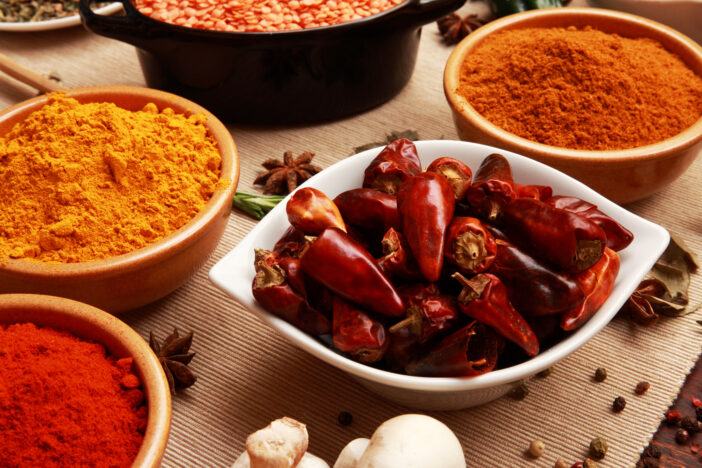
Ready to take your taste buds on a global tour? Dive into the world of spicy cuisines that not only challenge your spice tolerance but also enrich your culinary experiences.
Spice Usage in Various Cuisines
Spice plays a pivotal role in many global cuisines, enhancing both flavor and health benefits. Here are a few standout examples:
- Indian Cuisine: Known for its bold spices like turmeric, cumin, and red chili powder, Indian cooking offers a wide range of spicy dishes from vindaloos to biryanis.
- Mexican Cuisine: Spices such as jalapeños and chipotles in adobo add depth to dishes like tacos al pastor and traditional mole.
- Thai Cuisine: Often balancing sweet, sour, bitter, and salty, Thai dishes frequently include fiery chilies and garlic, found in favorites like Pad Thai and green curry.
- Korean Cuisine: With gochujang (a red chili paste) and kimchi, Korean food offers a spicy tang that’s unmistakable, featured in dishes like tteokbokki and bibimbap.
Easy Recipes to Try at Home
Here’s how you can experiment with these bold flavors in your kitchen:
- Indian Chicken Curry: Start with a base of fried onions, add ginger, garlic, and ground spices. Mix in chicken and tomato puree, simmering until rich and aromatic.
- Mexican Tacos: Whip up tacos using seared spicy beef or chicken, topped with fresh cilantro, onions, and a squeeze of lime.
- Thai Basil Chicken: Quickly fry up chicken with chili peppers, garlic, and basil leaves. Serve hot over steaming jasmine rice.
- Korean Bibimbap: Combine rice with a mix of sautéed vegetables, spicy gochujang, and a fried egg. Mix well before eating.
Each of these recipes introduces you to the essential spices and methods characteristic of each cuisine, helping you build your spice tolerance while enjoying delicious meals.
Key Cooking Techniques to Boost Spice Tolerance
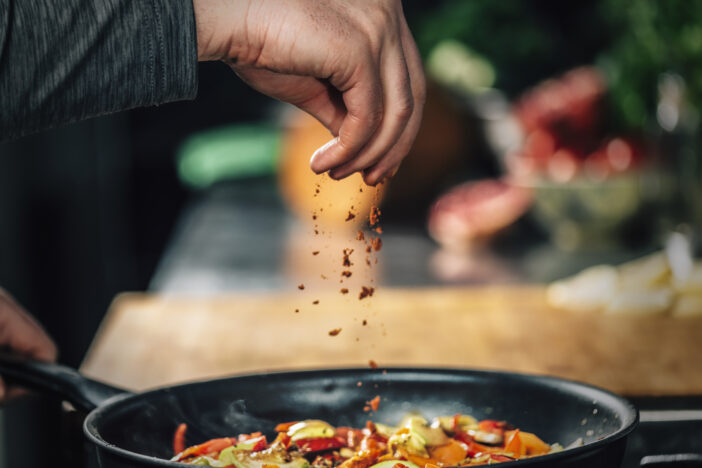
After exploring global spicy cuisines, let’s dive into specific cooking techniques that can help you gradually increase your spice tolerance. These methods will ensure you enjoy the flavors without overwhelming your palate.
Balancing Spices with Sweet and Sour Flavors
Mixing sweet or sour elements into your dishes can effectively counterbalance the intensity of spices. Here’s how:
- Add Sweetness: Incorporate natural sweeteners like honey, sugar, or fruits such as mangoes and pineapples to mellow down the heat. For example, in a spicy Thai curry, adding a spoonful of sugar can reduce the spice level significantly.
- Use Acidic Ingredients: Ingredients like lemon juice, vinegar, or tamarind can cut through the spice and add a refreshing twist. A dash of lime can transform an overly spicy Mexican salsa into a perfect blend of flavors.
Using Dairy to Moderate Spice Heat
Dairy products have a remarkable ability to neutralize capsaicin, the compound responsible for the heat in chili peppers. Here’s how to leverage dairy:
- Cook with Cream: Adding cream to dishes like Indian curries can dramatically tone down the heat while adding richness.
- Serve with Yogurt: A dollop of yogurt or sour cream can soothe the palate when eating spicy dishes such as Indian biryanis or Mexican chili.
By using these strategies, you’ll be able to up your spice tolerance gradually while still enjoying every bite.
Utilizing the Right Tools and Ingredients
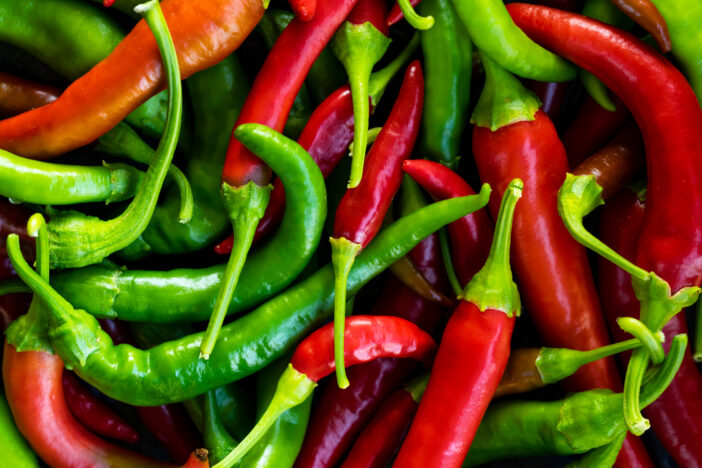
As you venture into enhancing your spice tolerance, it’s crucial to have the right tools and ingredients at your disposal.
Essential Spices
- Capsaicin-rich Varieties: Start with the quintessential chili peppers, such as jalapeños, habaneros, and ghost peppers, to gradually scale up the heat.
- Aromatic Spices: Incorporate spices like ginger, garlic, and mustard seeds, which enhance flavors and can increase tolerance without adding excessive heat.
- Complex Blends: Experiment with curry powders and garam masala; these mixtures not only add depth but also help you get accustomed to a broader range of spices.
Essential Tools
- Digital Scales: Ensure precise spice measurements, crucial for replicating and adjusting recipes according to your spice tolerance.
- Spice Grinders: Achieve a fresher, more potent flavor by grinding spices right before use, allowing for a more controlled and uniform heat distribution.
- Adjustable Measuring Spoons: These allow for accurate scaling up or down of spice quantities, essential for gradually increasing your tolerance levels.
Equip yourself with these spices and gadgets to skillfully navigate the spicy realms of global cuisines, thereby enhancing your spice tolerance while enjoying every flavorful bite.
Coping with Spicy Food Reactions
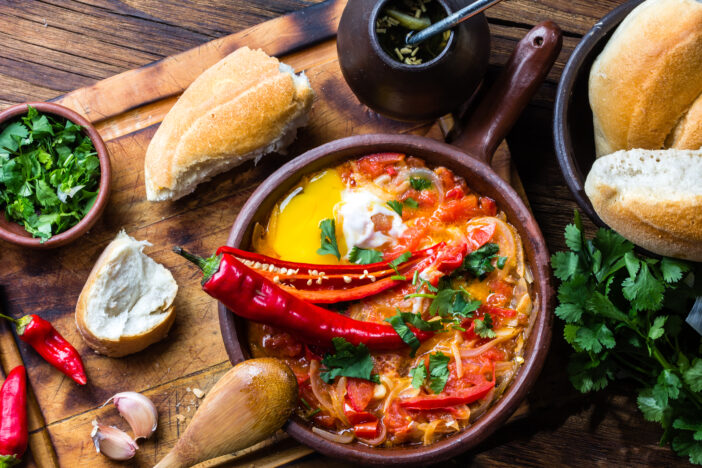
When diving into the world of spicy cuisines, it’s crucial to know how to handle the heat. Here’s what you can do if you find yourself overwhelmed by a fiery dish.
Immediate Remedies
- Reach for Dairy: Sip on a glass of milk or eat a spoonful of yogurt. Dairy products contain casein, a protein that helps break down capsaicin, the compound that gives chili peppers their heat.
- Consume Sugar and Honey: Take a teaspoon of sugar or honey. These sweeteners can provide instant relief by absorbing the spicy oil and coating your mouth.
- Opt for Acidic Solutions: Drink lemonade or eat a citrus fruit. The acidity can neutralize the pH levels in your mouth, reducing the burning sensation.
- Eat Starchy Foods: Have some bread, rice, or potatoes. Starch helps in soaking up the capsaicin and can lessen the impact of the spice.
Long-term Strategies
- Gradually Increase Spice Levels: Start with mildly spicy foods and slowly add more heat to your dishes. This gradually builds your tolerance over time.
- Pair Wisely: Combine spicy foods with ingredients that have cooling properties, such as avocado, cucumber, and melon, to balance the heat.
- Use Counteractive Spices: Incorporate ginger, mint, or basil, which can temper the spiciness and enhance the overall flavor of the dish.
- Stay Hydrated: Drinking ample water throughout the day helps your body cope better with spices when you encounter them in your meals.
Frequently Asked Questions
What is spice tolerance and how can it be enhanced?
Spice tolerance refers to how well individuals can handle the heat from spicy foods without discomfort. Enhancing spice tolerance involves gradual exposure to spicy dishes, incorporating spices into your diet regularly, and using culinary techniques to balance flavors, such as combining spices with sweet or sour elements, and using dairy to moderate heat.
What are the health benefits of eating spicy foods?
Eating spicy foods can boost metabolism and aid in weight loss due to the presence of capsaicin, which increases energy expenditure. Additionally, capsaicin has pain-relieving properties, making spicy foods beneficial for managing pain and reducing inflammation.
Can you name some global cuisines known for their use of spices?
Prominent global cuisines that are known for their bold use of spices include Indian, Mexican, Thai, and Korean. Each of these cuisines employs a diverse array of spices that contribute to their distinctive flavors and aromas.
What are some easy spicy recipes I can try at home?
Some easy recipes to try at home to explore various spicy cuisines include Indian Chicken Curry, Mexican Tacos, Thai Basil Chicken, and Korean Bibimbap. These dishes provide a delicious introduction to each cuisine’s unique spice use and flavor profiles.
How do cooking techniques vary across spicy cuisines?
Different spicy cuisines employ specific techniques to enhance flavor and build spice tolerance. Common practices include balancing spices with sweet and sour flavors, using dairy products to lessen heat intensity, and cooking with oils that help release and distribute flavors evenly.
What tools and ingredients help increase spice tolerance?
Key ingredients that aid in building spice tolerance include chili peppers rich in capsaicin, aromatic spices like ginger and garlic, and complex blends such as curry powders. Essential tools include digital scales for precise measurement, spice grinders for fresh flavors, and adjustable measuring spoons for controlled spice addition.
How can one cope with the heat from spicy foods?
To cope with the heat from spicy foods, consume dairy products, sugar, or acidic solutions like lemon juice to counteract the spice. Additionally, eating starchy foods, gradually increasing spice levels, using cooling ingredients like mint, and staying hydrated can help manage the heat effectively.

